When do you return to something you wrote to revise, edit or re-write? At the end of the sentence, at the end of the story, or, never? Jack Kerouac famously wrote On The Road in 3 weeks, typing it on a 120-foot roll of paper without stopping to review it. Though some have pointed out that this is not entirely true, as Kerouac had reworked the book many times over several years – it would be more accurate to say he typed it up in 3 weeks. But still, that’s quite a feat! Hemingway, on the other hand, notoriously said that the first draft of anything is terrible (he used a less innocuous word).
We have all made the mistake of reading something wonderful, and sighing with dismay: ‘I’ll never write this well,’ we think to ourselves, sulking for the rest of the day. What we don’t realise is that we are comparing that piece of beautiful writing in a published book with the first draft of something we wrote that morning. We forget that all published books are the results of multiple rewrites and edits. Haven’t you ever heard the phrase; the writing is in the rewriting? Many writers are not even sure what they are writing about until they have a first draft. So take heart!
Writers differ on how often or when they take a second, third, fifteenth look at what they’ve written, but they all agree on the importance of multiple drafts. Whether it’s about revision, re-writing or omission (knowing what to leave out), the next time you want to have another go at your work, these 13 great writers will show you how it’s done.
“For any writer, the ability to look at a sentence and see what’s superfluous, what can be altered, revised, expanded, and, especially, cut, is essential. It’s satisfying to see that sentence shrink, snap into place, and ultimately emerge in a more polished form: clear, economical, sharp.” — Francine Prose in Reading Like a Writer

“By the time I am nearing the end of a story, the first part will have been reread and altered and corrected at least one hundred and fifty times. I am suspicious of both facility and speed. Good writing is essentially rewriting. I am positive of this.” — Roald Dahl
“Almost all good writing begins with terrible first efforts. You need to start somewhere. Start by getting something – anything – down on paper. A friend of mine says that the first draft is the down draft – you just need to get it down. The second draft is the up draft – you fix it up. You try to say what you have to say more accutately. And the third draft is the dental draft, where you check every tooth, to see if it’s loose or cramped or decayed, or even, God help us, healthy.” — Anne Lamott in Bird By Bird: Some Instructions on the Writing Life
“You could omit anything if you knew that you omitted and the part you omitted would strengthen the story and make people feel something more than they understood.” — Ernest Hemingway in A Moveable Feast
“And though the rewriting — and the rereading — sound like effort, they are actually the most pleasurable parts of writing. Sometimes the only pleasurable parts. Setting out to write, if you have the idea of ”literature” in your head, is formidable, intimidating. A plunge in an icy lake. Then comes the warm part: when you already have something to work with, upgrade, edit… Let’s say it’s a mess. But you have a chance to fix it. You try to be clearer. Or deeper. Or more eloquent. Or more eccentric. You try to be true to a world. You want the book to be more spacious, more authoritative. You want to winch yourself up from yourself. You want to winch the book out of your balky mind. As the statue is entombed in the block of marble, the novel is inside your head. You try to liberate it. You try to get this wretched stuff on the page closer to what you think your book should be — what you know, in your spasms of elation, it can be. You read the sentences over and over. Is this the book I’m writing? Is this all?” — Susan Sontag in “Directions: Write, Read, Rewrite. Repeat Steps 2 and 3 as Needed.” New York Times
“The best advice I can give on this is, once it’s done, to put it away until you can read it with new eyes. Finish the short story, print it out, then put it in a drawer and write other things. When you’re ready, pick it up and read it, as if you’ve never read it before. If there are things you aren’t satisfied with as a reader, go in and fix them as a writer: that’s revision.” — Neil Gaiman
“When I’m working on a book, I constantly retype my own sentences. Every day I go back to page one and just retype what I have. It gets me into a rhythm. Once I get over maybe a hundred pages, I won’t go back to page one, but I might go back to page fifty-five, or twenty, even. But then every once in a while I feel the need to go to page one again and start rewriting. At the end of the day, I mark up the pages I’ve done—pages or page—all the way back to page one. I mark them up so that I can retype them in the morning. It gets me past that blank terror.” — Joan Didion in The Paris Review: The Art of Nonfiction No. 1
“If it sounds like writing, I rewrite it.” — Elmore Leonard
“It is the beginning of a work that the writer throws away. A painting covers its tracks. Painters work from the ground up. The latest version of a painting overlays earlier versions, and obliterates them. Writers, on the other hand, work from left to right. The discardable chapters are on the left.” — Annie Dillard in The Writing Life

“I write by hand, making many, many corrections. I would say I cross out more than I write. I have to hunt for words when I speak, and I have the same difficulty when writing… My pages are always covered with canceling lines and revisions. There was a time when I made a number of handwritten drafts. Now, after the first draft, written by hand and completely scrawled over, I start typing it out, deciphering as I go. When I finally reread the typescript, I discover an entirely different text that I often revise further. Then I make more corrections. On each page I try first to make my corrections with a typewriter; I then correct some more by hand. Often the page becomes so unreadable that I type it over a second time. I envy those writers who can proceed without correcting.” — Italo Calvino in The Paris Review: The Art of Fiction No. 130, 1992
“More than a half, maybe as much as two-thirds of my life as a writer is rewriting. I wouldn’t say I have a talent that’s special. It strikes me that I have an unusual kind of stamina.” — John Irving
“’A Fair Maiden’ existed in notes and sketches for perhaps a year. When I traveled, I would take along with me my folder of notes – ‘ideas for stories.’ Eventually, I began to write it and wrote it fairly swiftly – in perhaps two months of fairly intense writing and rewriting. Most of my time writing is really re-writing.” — Joyce Carol Oats
“I have rewritten—often several times—every word I have ever published. My pencils outlast their erasers.” — Vladimir Nabokov

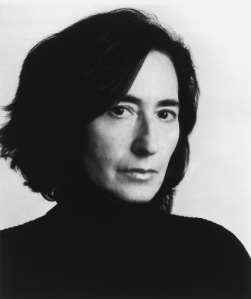

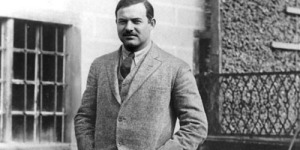

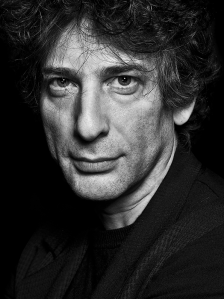


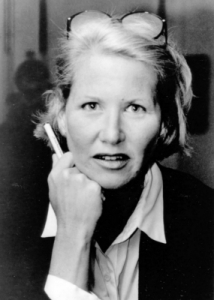
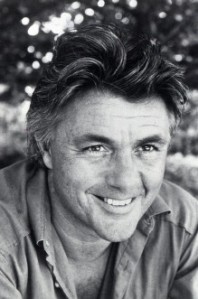


[…] Neil Gaiman said, “. . . Put [the story] in a drawer and write other things. When you’re ready, pick it up and read it, as if you’ve never read it before. If there are things you aren’t satisfied with as a reader, go in and fix them as a writer: that’s revision.” […]
LikeLike